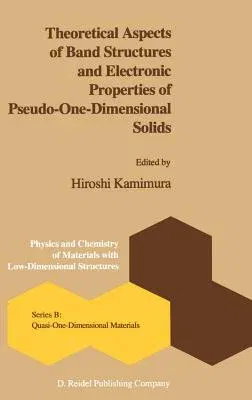Theoretical Aspects of Band Structures and Electronic Properties of Pseudo-One-Dimensional Solids (1985)Hardcover - 1985, 31 October 1985

Qty
1
Turbo
Ships in 2 - 3 days
In Stock
Free Delivery
Cash on Delivery
15 Days
Free Returns
Secure Checkout

Part of Series
Physics and Chemistry of Materials with B
Part of Series
Physics and Chemistry of Materials with Low-Dimensional Structures
Part of Series
Physics and Chemistry of Materials with B:
Print Length
284 pages
Language
English
Publisher
Springer
Date Published
31 Oct 1985
ISBN-10
9027719276
ISBN-13
9789027719270
Description
Product Details
Book Edition:
1985
Book Format:
Hardcover
Country of Origin:
US
Date Published:
31 October 1985
Dimensions:
24.08 x
16.66 x
2.24 cm
ISBN-10:
9027719276
ISBN-13:
9789027719270
Language:
English
Location:
Dordrecht
Pages:
284
Publisher:
Series:
Weight:
625.96 gm